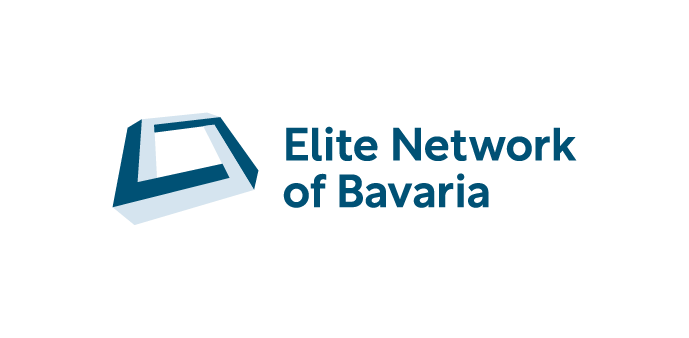Linux
You are new to the Linux world? Then take 20 minutes, grab a cup of coffee or tea and watch the following video:
If you are in IT....YOU NEED TO LEARN LINUX RIGHT NOW!!!
Now you know that Linux is useful and nothing to be afraid of. But let's be more precise why (future) scientific computing students need to learn Linux:
Academic Research and Software Development
Linux distributions are the operating systems of choice in academic research and software develompent. Most scientific libraries are developed for Linux. Windows support is often lacking, if it exists at all. So you will use Linux in various lectures, seminars and other projects.
Supercomputing
Nearly all supercomputers use a Linux-based operating system. The ENB-Cluster is no exception. Hence, basic Linux knowledge is requiered for the Practical Course on Parallel Numerical Methods.
Getting started with Linux
Luckily it's now easier than ever to learn Linux. Some good options are:
Linux as Windows-App
Thanks to Windows Subsystem for Linux you can run Linux as an application in Windows. That's probably the easiest way and if you watched the video above, you already know how to do it. The question is now, which distribution should you choose? We recommend the latest long term support version of Ubuntu which would currently be Ubuntu 20.04 LTS.
You should have no problem to install and run a Ubuntu terminal on Windows. With some addtional effort you can also run graphical applications. Some options can be found here.
Linux via USB stick
You can create a bootable Ubuntu USB stick with which you can test ubuntu on every computer without installing it. Click here for instructions.
Dual Boot System
It's also possible to install a Linux distribution alongside Windows on the same computer. If you have some experience, here is a step by step instructions on how to insall Ubuntu 20.04 LTS alongside Windows 10.
Terminal
One reason Linux can be intimidating it's terminal or console. It's just text on a dark background. Nothing to click.
Bad news for scientific computing students: You have to learn the basics on how to use Linux terminal. It's the only way you can use the ENB-Cluster.
The good news is. It is not that difficult... and there is also a light background available. In order to be prepared for the Practical Course on Parallel Numerical Methods, all you need to do is finish this short Linux Command Line Tutorial.

